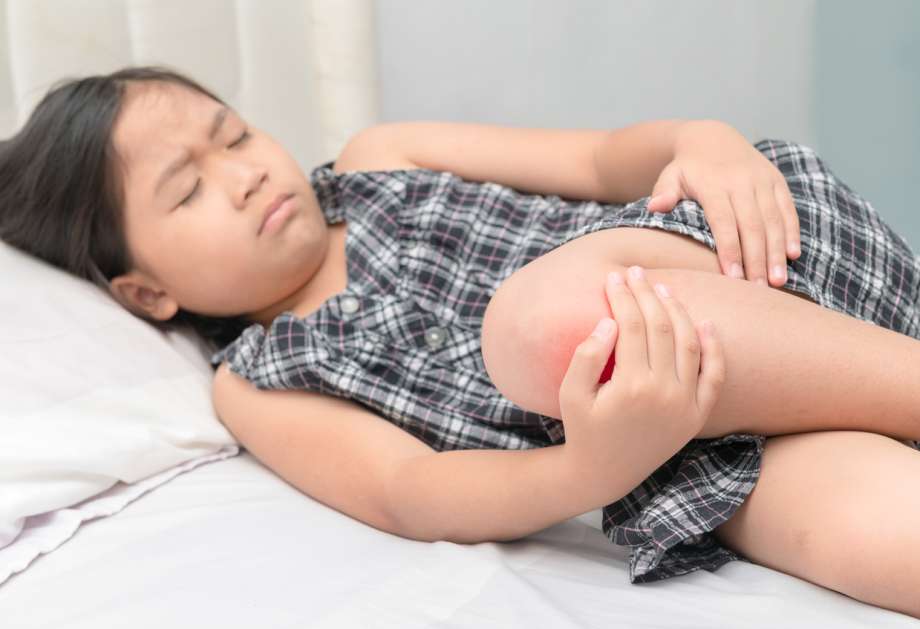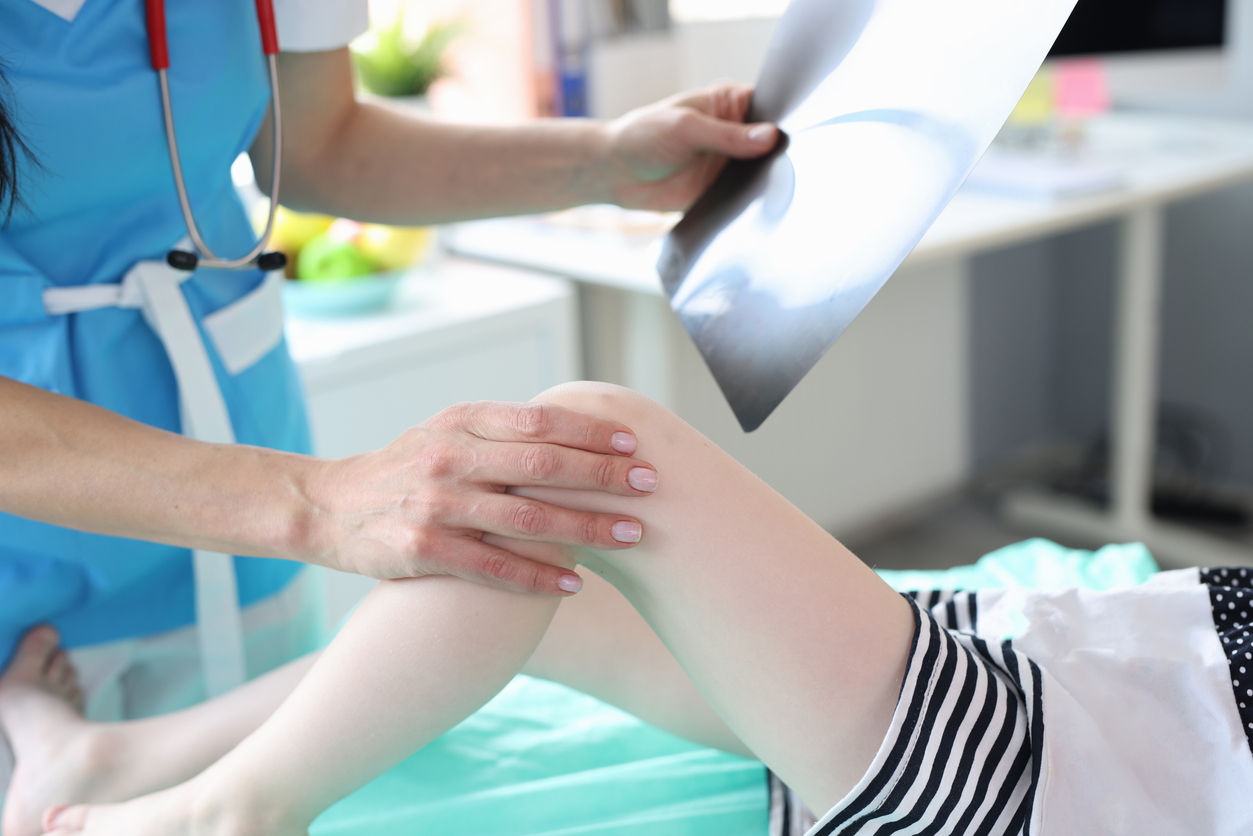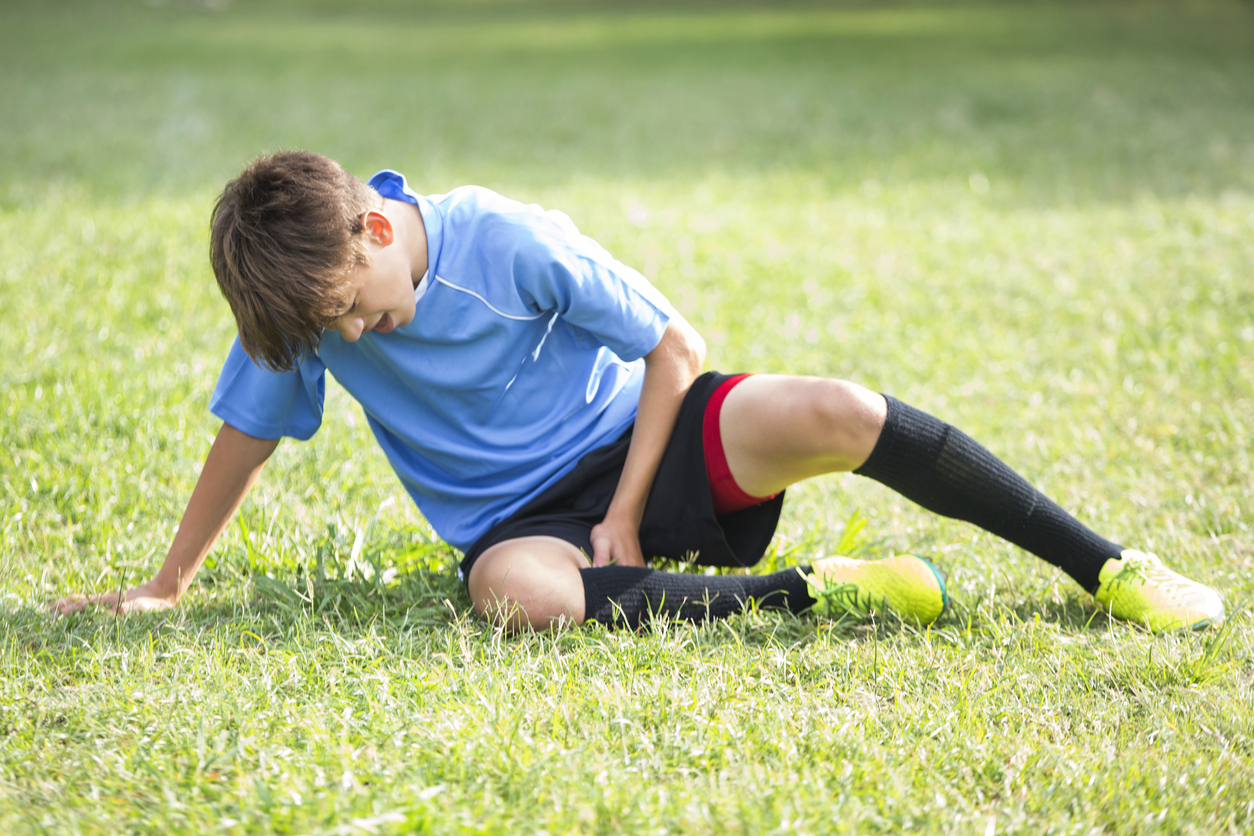Why Your Child Has Thigh Pain: 4 Possible Causes

Thigh pain is an unusual complaint for a six-year-old. A good physical exam can usually localize where the problem is coming from, although sometimes X-rays and/or laboratory studies are needed.
A parent asks:
“My six-year-old daughter just started complaining of right thigh pain. She did not bang it and was not out playing. Earlier in the day, she had a short bout of vomiting. There are no bruises or swelling and no pain to delicate touch. It only seems to bother her when she bends her leg at the hip. She even woke up crying because while moving in her sleep the pain woke her up.”
Here’s our reply, with expert advice from Henry Bernstein MD, the associate chief of the Division of General Pediatrics and director of Primary Care at Children's Hospital, Boston.
Thigh pain is not a common complaint among six-year-olds. However, there are several possible explanations. If the pain worsens or doesn’t resolve on its own, reach out to your pediatrician. They should be able to run some tests to determine if there’s anything to be concerned about.
Common Causes of Leg Pain in Children Ages 4 to 6
- Growing pains
- Infection
- Injury
- Overuse
Symptoms of Growing Pains
Unexplained aches and pains in children are often assumed to be “growing pains.” And while sometimes they might be, this type of pain isn’t actually very common during early childhood. “The thigh is not the area of the leg where muscles ache from lots of exercises, so-called "growing pains,” says Dr. Bernstein.
Growing pains in the legs are often felt in the shins or behind the knee. These aches are muscular, rather than bone pain. If the ache is present in both legs, it’s more likely to be growing pains. These aches also often happen around significant growth spurts and they resolve on their own.
Infection

An infection may be the culprit of leg pain, especially if it is accompanied by swelling or fever. Check the area for redness or visible swelling. An infection can be serious, so always reach out to your child’s healthcare provider if you have any suspicions.
An infection may be present even without any visible symptoms. “We would not want to miss any infection involving the hip joint, as it could also have long-term consequences in the future,” notes Dr. Bernstein. “Involvement of the hip joint is not clearly identified on an exam the way swelling of an ankle or knee can be seen.”
Injury

Pain can often be the result of a sports injury or an accident. But, your child or you will likely remember when they got hurt, or there will bruising or swelling on the area that smarts. If you can rule out injury, look for other possible causes.
If an injury causes your child intense pain that doesn’t seem to get better, or if they cannot move their legs or bear weight on them, seek medical care. It’s always better to treat an injury sooner rather than later.
Pain in any extremity in a child often is confusing and can involve anywhere from the top to the bottom of it. There can be a limp, fever, swelling, tenderness, rash, a break in the skin, or other systemic signs and symptoms.
“It is often helpful to consider what is just above, below, or around the spot, whenever there is pain somewhere,” says Dr. Bernstein. “It could be the bone inside, the muscles and nerves involving that limb, or even the groin.”
Overuse
Kids are full of energy, and they often spend their day running, jumping, and climbing. That’s a good thing! But this can be hard on their musculoskeletal system and lead to aches and pains that often show up at night when they lie down to rest.
If your child’s legs are sore and you suspect overuse, you don’t have to cut down on their physical activity. Little kids need over two hours of time to run free each day. Instead, let them take a warm bath at night or apply a heat pack before bed.
Treating Limb Pain
Sometimes, just resting with a heating pad before bed can help improve pain in the legs. You can also give children acetaminophen with their doctor’s approval or ibuprofen if your child is six months or older.
Always follow the dosing on the box for your child’s age, and check with their doctor for any questions about giving them medicine.